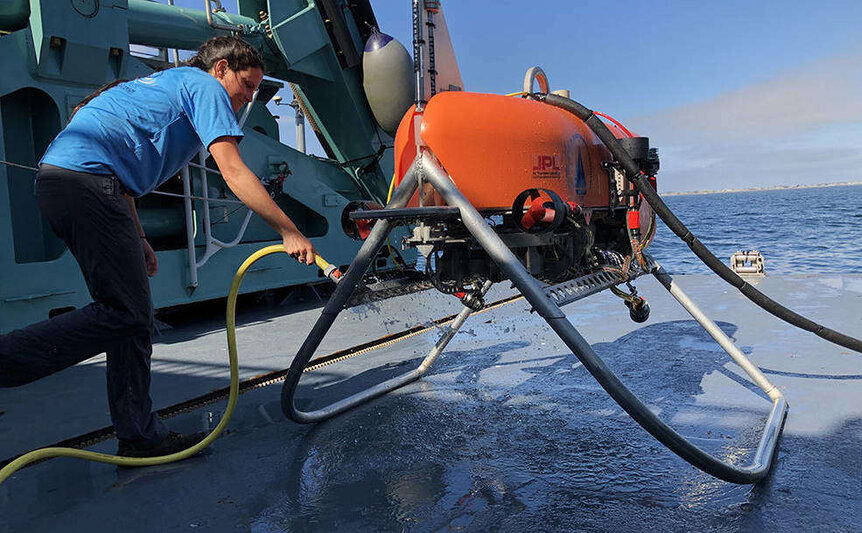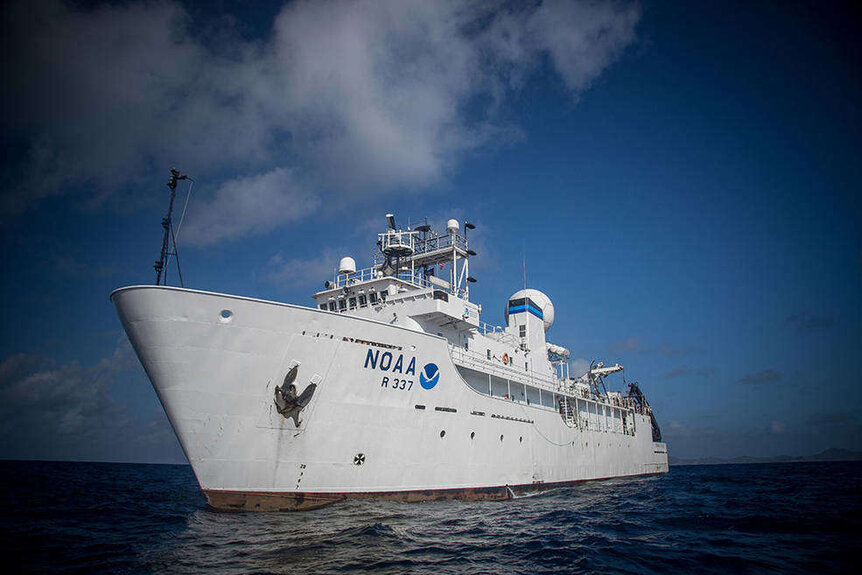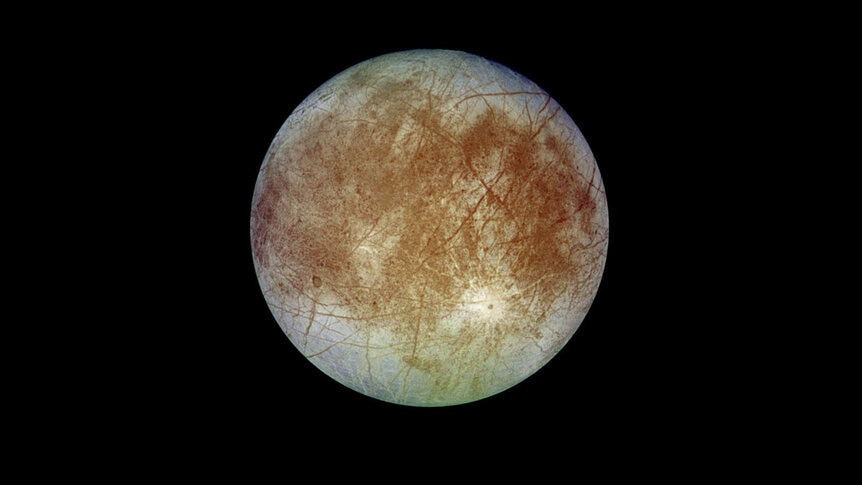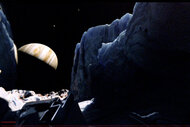Create a free profile to get unlimited access to exclusive videos, sweepstakes, and more!
NASA teams up with deep-sea explorers to prep for Europa missions and beyond
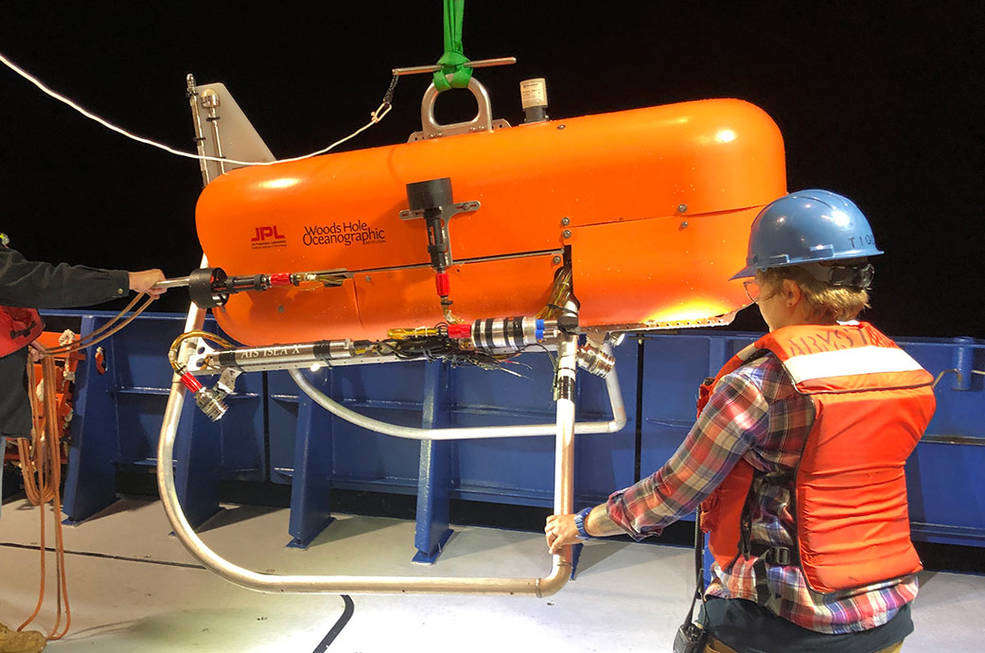
Hopefully sometime in the near future, NASA will launch missions to explore the moons of Saturn and Jupiter, especially the mysterious icy world of Europa. To properly prep themselves for these challenging new endeavors, the space agency is teaming up with the Woods Hole Oceanographic Institution (WHOI) and the National Oceanic and Atmospheric Administration (NOAA) to test out a new deep-sea underwater craft that could prove useful in exploring alien subsurface oceans.
According to a NASA press release, a two-week demonstration of this new vehicle called Orpheus will occur this month aboard a NOAA vessel. The deep-diving machine is also installed with autonomous navigation software developed by NASA's Jet Propulsion Laboratory (JPL) for the Mars Perseverance rover and the Ingenuity helicopter.
Weighing about 550 pounds, the six-foot-long Orpheus drone cost nearly $2 million to build and was named for the Greek poet and prophet. The main goal for this next-generation mini-submarine that was engineered and constructed by WHOI in Massachusetts, will be to increase our knowledge of the deepest areas of our planet’s oceans known as the hadal zone.
This exotic region is represented by radical trenches and troughs as deep as 20,000 to 36,000 feet, replicating challenges and conditions that might pop up while investigating watery environments on other planets and moons.
"There are quite a few similarities between Earth's deep ocean and space exploration," said JPL roboticist Russell Smith during a May 5 virtual press conference regarding parallels that include "data-constrained communication, requiring a lot of autonomy, but also challenging environmental conditions that require a lot of engineering work to deal with."
To feel its way around the dark depths, Orpheus is fortified with Terrain Relative Navigation (TRN) technology that NASA created for the Mars 2020 mission. This system helped guide Perseverance to a soft landing in Mars’ Jezero Crater on Feb. 18, and has also aided Ingenuity’s amazing helicopter flights.
"Terrain Relative Navigation uses cameras that look around and identify significant features in the surroundings," explained Smith, who helped develop that software for Perseverance and Ingenuity. ”The vehicle then uses those features to navigate. It's like you walking into a living room and recognizing a couch and a TV. Robots do exactly the same thing."
Orpheus will plunge into the ocean from May 14 to 27 and will operate round-the-clock mapping the seafloor during the Okeanos Explorer's journey from Cape Canaveral, Florida, to Norfolk, Virginia. This intrepid autonomous sub will also roll out its novel environmental DNA (eDNA) tech that enables the craft to gather DNA samples of water-borne organisms and their home soil.
WHOI biologist Tim Shank is the mission's lead scientist and he believes Orpheus will ignite a new era of kick deep-sea exploration and illuminate that dark and mysterious realm.
"The hadal ocean on Earth represents a nice analogy of what we will experience on Europa," Shank said in the briefing. "Orpheus is working in the same depths, so it makes sense that we use Orpheus as a testbed for instruments and sensors. We will learn how to navigate, we will learn how to operate autonomously."
Smith noted that joining forces with the broader ocean exploration community, NASA benefit from their knowledge base and problem-solving to create smart foundations for future space missions.
"NOAA and WHOI have a ton of experience exploring Earth's oceans, which are a great test bed for exploration of other ocean worlds," Smith added. "Our experience is very complementary and by cooperating, we can build vehicles that would require a lot of trial and error to build alone. We are speeding up the development of both: Earth submersibles but also these future ocean-world explorers."
